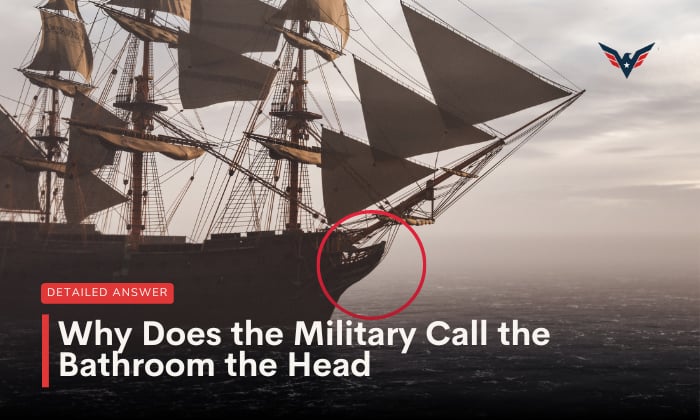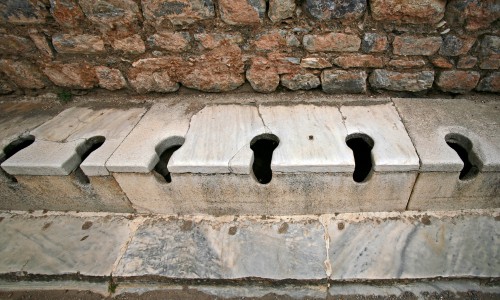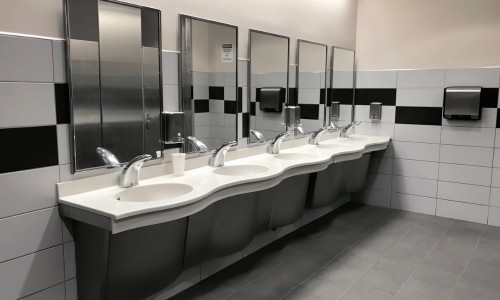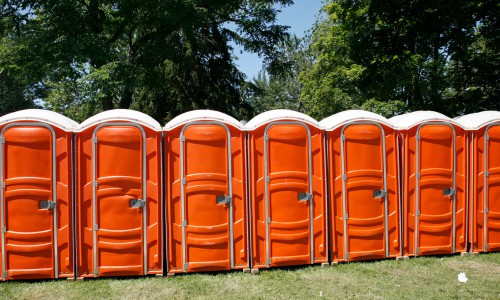Toilets are essential social amenities that ensure waste disposal, promote health, and evolve to offer refreshments and function as powder rooms.
Similar to the diversity of languages with 7117 variations worldwide. Toilets have diverse names like WC, bathroom, John, and Latrine.
Curious why does the military call the bathroom the head? It’s because they position it at the front or bow, which is the head of a ship, allowing the wind to carry any odor away, ensuring soldiers don’t have to endure the smell.
Table of Contents
The Origin of the Term “Head”
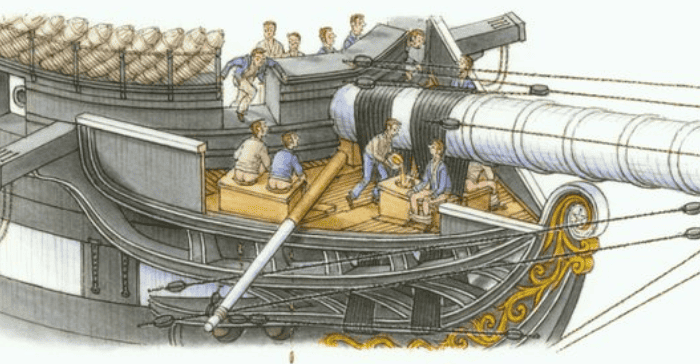
The Marine Corps and Navy bathroom terminology is similar to referring to the toilet as the “head.” But why does the military call the bathroom the head?
- The military slang for the toilet as the “head” dates back to 1708 when it was mentioned in the book A Cruising Voyage Round the World by Woodes Rogers, an English sea captain and a pirate with papers.
The term “head” for toilet gained further recognition when Tobias Smollett included it in his published novel, The Adventures of Roderick Random, in 1748.
So, why is a bathroom called a head?
In 1485, boats and ships commonly referred to the front or bow section as the boat head or merely head.
In the past, sailing vessels relied on wind power and couldn’t sail directly into the wind. They used the wind’s force to propel and reach their destinations.
During sailing, the wind carries odors forward, making it significant to position the galley and toilets at the front. It ensures that the smoke and smell depend on the wind direction, preventing soldiers from being troubled by toilet odors.
- Strategically located at the bow, the toilet stands elevated above sea level with well-designed vents or slots near the floor. This thoughtful design allows for the natural movement of waves, effectively purging the facility.
Furthermore, situating the toilet at the front provides easy access for the captain, as their cabin is usually at the back, potentially obstructing their view of the toilet.
In addition, avoiding the placement of toilets on the ship at the aft part is necessary due to the eddy currents caused by the ship’s drag, which could trap waste near the vessel.
Other military branches have embraced the term “head” for the restroom, incorporating ancient nautical language into their jargon and widely using this terminology.
Usage in Other Military Branches
In other branches of the military, the name “head” can also refer to the toilet, and in some situations, it can imply a superior status within an organization.
For instance, the head navy may refer to the Captain rank, while in the armed forces, they may refer to the commander-in-chief or supreme commander.
Just as the term “head” has diverse applications across different military organizations, each branch has its counterterms.
Other Terms for a Bathroom in the Military
Toilets have different names in various languages and countries. In terms of military terminology for the bathroom, it is notable that we can commonly refer to them as either “head” or “latrine.”
1. Latrine
In the US Military, specifically the Air Force and Army, the word “latrine” refers to the military term for bathroom. The term “latrine” traces its roots back to the French and Latin word “lavare,” meaning to wash. Over time, the word transformed from “lavatrina” to “latrine.”
It can refer to a simple pit latrine, a community trench for urgent sanitation, or more complex designs such as pour-flush systems.
A latrine is a simple and temporary restroom solution. It serves as a toilet, regardless of its level of modernity or simplicity.
2. Restrooms
In the Air Force, people commonly use the term “restrooms” to refer to toilets.
The name “restroom” first appeared in the late nineteenth century when bathrooms in public areas functioned as places for individuals to freshen up, practice basic hygiene, and take a moment to relax or rest.
3. Shitters or Porta Shitters
The use of portable toilets originated during World War II. Although it can be considered offensive, the term “porta shitter” is military slang used to describe the tactical toilet system utilized by the Armed Forces. In more formal language, you can recognize this as a “porta potty.”
These portable toilets are frequently utilized during training exercises and by US military troops stationed in remote or overseas locations.
Conclusion
In conclusion, we have now gained a deeper understanding of why does the military call the bathroom the head. Our research discovered that the Navy and Marine Corps frequently use this word.
Additionally, we have explored the reasons behind the front placement of toilets, which provides better insights into the ship’s structure.
In addition, we discussed the adaptation of the term “head” in other military branches, discovering that soldiers use this term to refer to a high-ranking official or leader within a soldier’s department.
Furthermore, we have discussed alternative terms used by different military branches to refer to the toilet, such as “latrine,” “restroom,” and “porta-shitter.”

I am Everett Bledsoe, taking on the responsibility of content producer for The Soldiers Project. My purpose in this project is to give honest reviews on the gear utilized and tested over time. Of course, you cannot go wrong when checking out our package of information and guide, too, as they come from reliable sources and years of experience.

